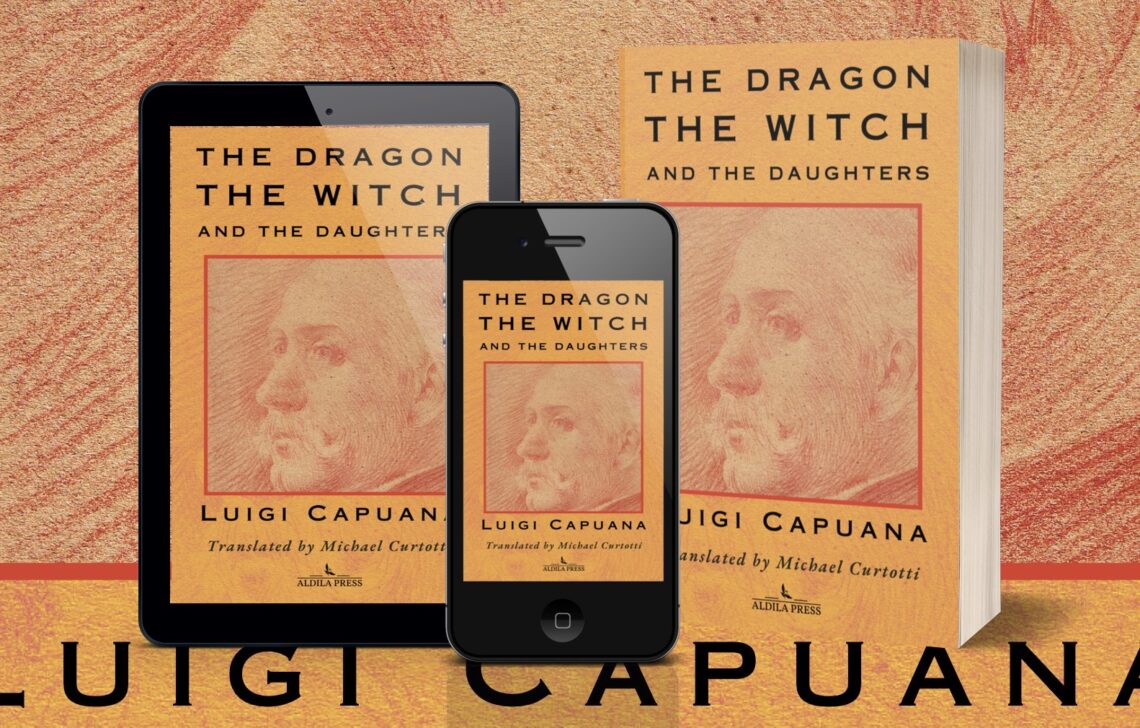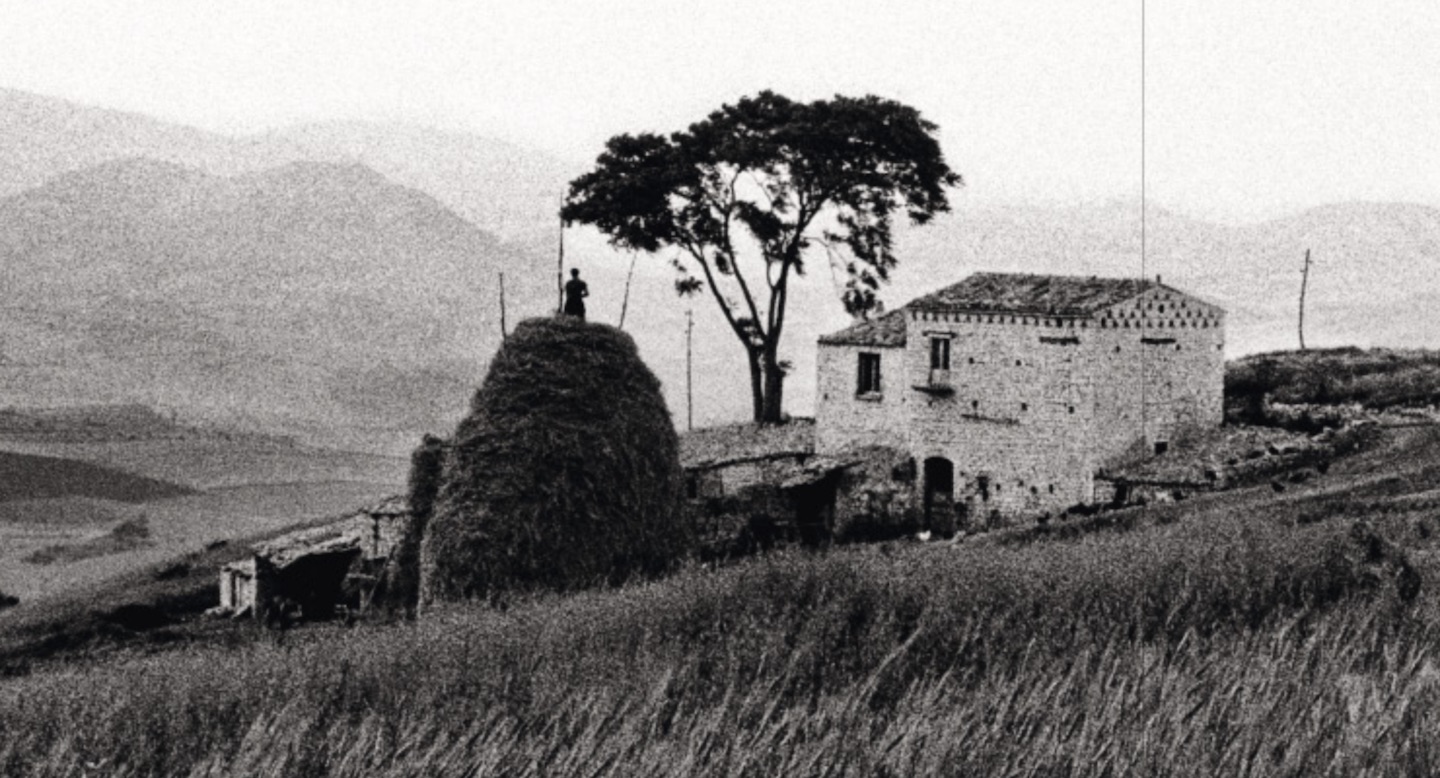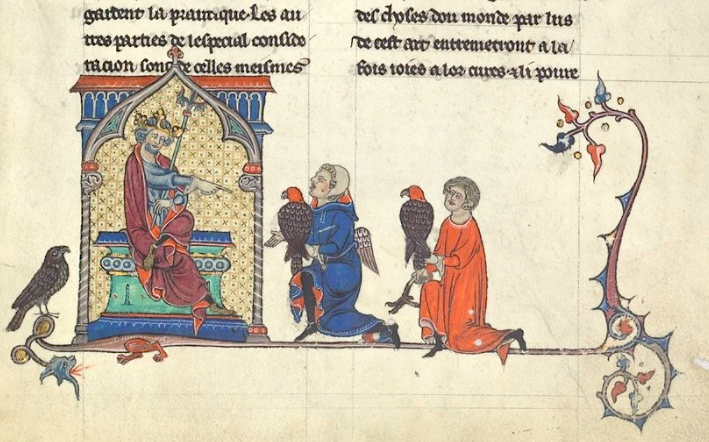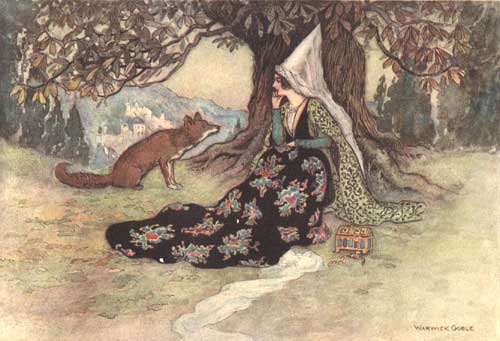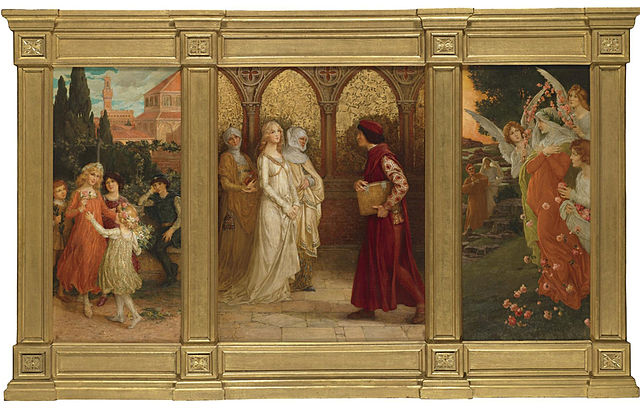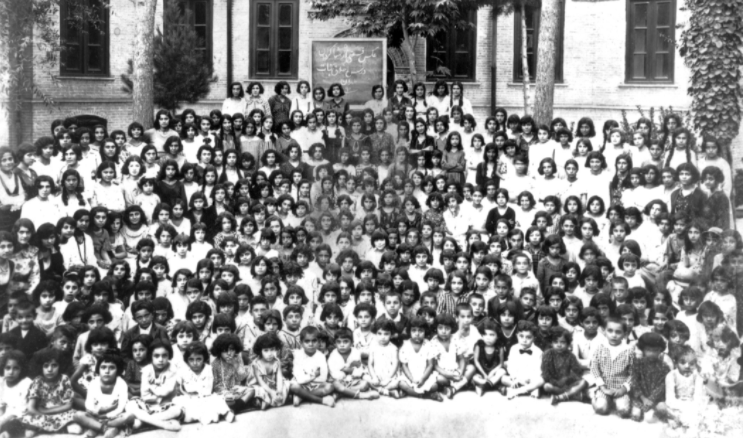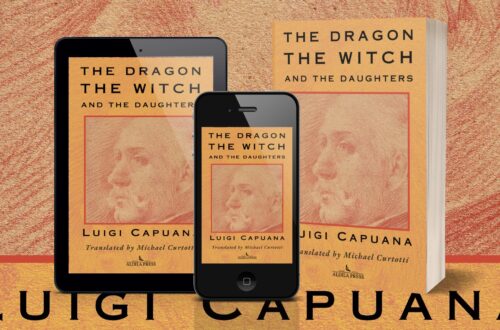Gender in Italy
-
The Dragon the Witch and the Daughters by Luigi Capuana (English Edition)
From a master of Italian verismo comes a classic short story of the genre, but with a twist. As characters come into conflict with each other, and “the Dragon” with himself, Capuana weaves together the grimness of real life with threads of subtle fairytale. For the first time translated into English by Michael Curtotti, The Dragon the Witch and the Daughters, transports us into the life of a nineteenth century village. Don Paolo Drago, “dragon by name, dragon by nature,” appears to dominate this world, yet he barely controls his own thoughts and feelings. Despite himself, he is drawn into the destiny of two orphans. Yet tragedy stalks the life of Don Paolo.…
-
Lacedonia – Frank Cancian’s Pictures of a Disappearing World
In 1957, it must have been a trip of a lifetime. Frank Cancian was going to Italy. An American student, child of Italian immigrants, he had won a Fullbright scholarship. The project would combine his love of photography and his studies in anthropology. He would use his camera to document the life of Lacedonia, a town in the hills of Avellino. To reach Lacedonia you have to climb into the Apennines to the east of Naples. In ancient times this had been the land of the Samnites, Rome’s bitter enemies, who had long resisted conquest. Later it became the border lands of southern Lombard duchies before the Normans placed their…
-
Matilde Serao and the Life of Cristina
Matilde Serao was unusual. In 19th century Naples, she was a successful journalist, writer and newspaper proprietor. Her fiction was widely published and quite a few of her works were translated into English in her own lifetime. Cristina is the main character of Matilde Serao’s short story of the same name. But Cristina lives in another world. The story’s opening words begin to sketch its nature. While Cristina leant over to gather a fragrant clump of basil with which to flavour her tomato sauce boiling in the kitchen, she heard a brief and sweet whistle. Mentre Cristina si chinava a cogliere un ramoscello di basilico odoroso, da mettere come aroma…
-
Isabella’s Castle Prison and Her Poetic Escape
Isabella di Morra looked out from a height. Below, in a deep chasm, flowed a river. Her river, the Sinni. Isabella turned her eyes to the sea, searching the horizon for a ship. It was the ship that would carry her free from her prison, her own family’s castle. D'un alto monte, onde si scorge il mare,miro sovente io, tua figlia Isabella,s'alcun legno spalmato in quello appare,che di te, padre, e mi doni novella, ...From a high mountain, where sea is seen,Often I gaze, Isabella, your daughter,For the gleam of any glistening beam,Which of you, father, brings news across water ...Ch’io non veggo nel mar remo né vela (così deserto…
-
Laura Terracina: For Who is Enemy to Woman
“How dare you raise hand, against so young and beautiful a vision?” With such words does Laura Terracina (1519 – 1577) defend her sex. Born in Naples, she was the most published poet of Italy’s sixteenth century and a feminist before the word “femminista” existed. She was part of a movement of italian Renaissance women writers whose existence is often overlooked in the historical record. So much were women absent from tellings of the Renaissance and so mixed their lived experience, that it caused Joan Kelly to famously ask “Did women have a Renaissance?” While the answer is complex, the Renaissance saw for the first time in Europe, substantial publication…
-
Dante’s New Love Life: the Vita Nuova
The love poets of Dante’s day told everyone they were in love: but always kept the name of their beloved secret. Dante however, names Beatrice as his love. In telling us of her, he has made her immortal. Gemma di Manetto Donati, Dante’s actual wife, he never once mentions and she is virtually unknown. Before we jump to conclusions about what this might mean let us learn more about Dante’s love life. Vita Nuova Dante’s Vita Nuova (“New Life”), which is Dante’s best known work as an early poet, is all about “love”. Dante recounts for us a love story and he is the lover and Beatrice the beloved. Some…
-
Doctor Who? Trotula of Salerno
She was a doctor and a master of the art of healing who taught others. She is usually called Trotula, although her true name was Trota or Trocta. For three centuries medical works on the health and treatment of women circulated under her name: “The Trotula”. She has been lauded as among the finest doctors of the European Middle Ages or she has been so forgotten that it has been said that she did not even exist. It was only at the end of the 20th century that her true practice of medicine was recovered. Salerno Trotula lived in Salerno: but the Salerno of Trotula’s time is almost as little known…
-
Il Drago and Luigi Capuana’s search for redemption
Luigi Capuana was a nineteenth century writer. His work, The Old Dragon (Il Drago), although an apparently light children’s story, carries a poignant loss and search for redemption. In a strange way the story is a “might have been” of Luigi Capuana’s life and of the children he never admitted as his own. Luigi Capuana, Giuseppina Sansone and their children Giuseppina Sansone is central, although whether she is portrayed in the story is debatable. She is a love of much Luigi Capuana’s life. He met her at age 37 and she was an unmarried partner for the next twenty years. She is almost entirely invisible, while he is a noted Italian…
